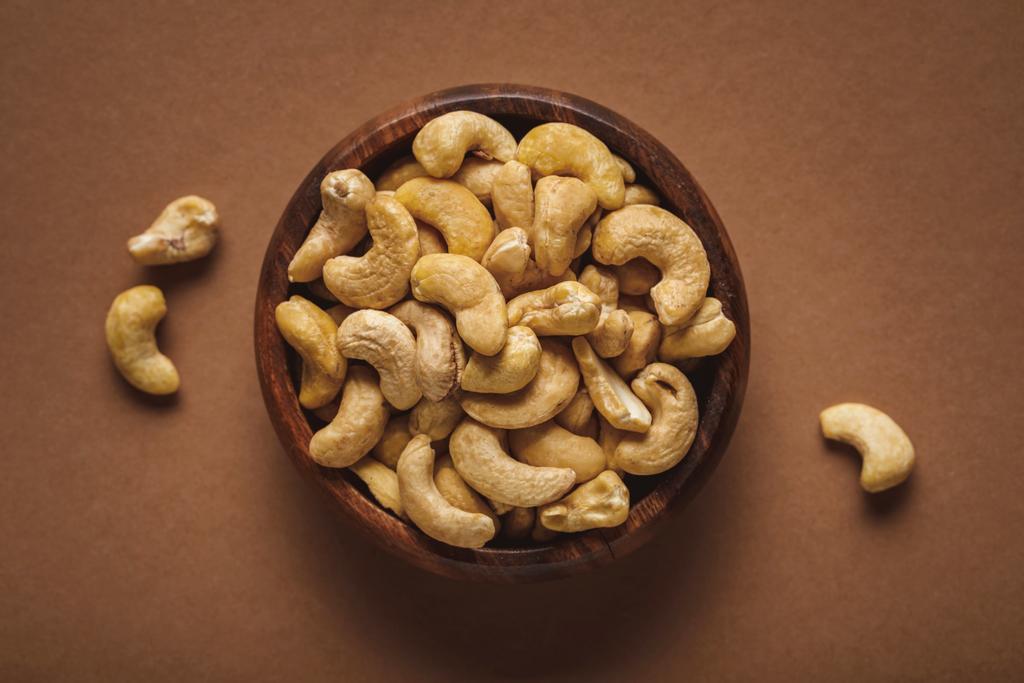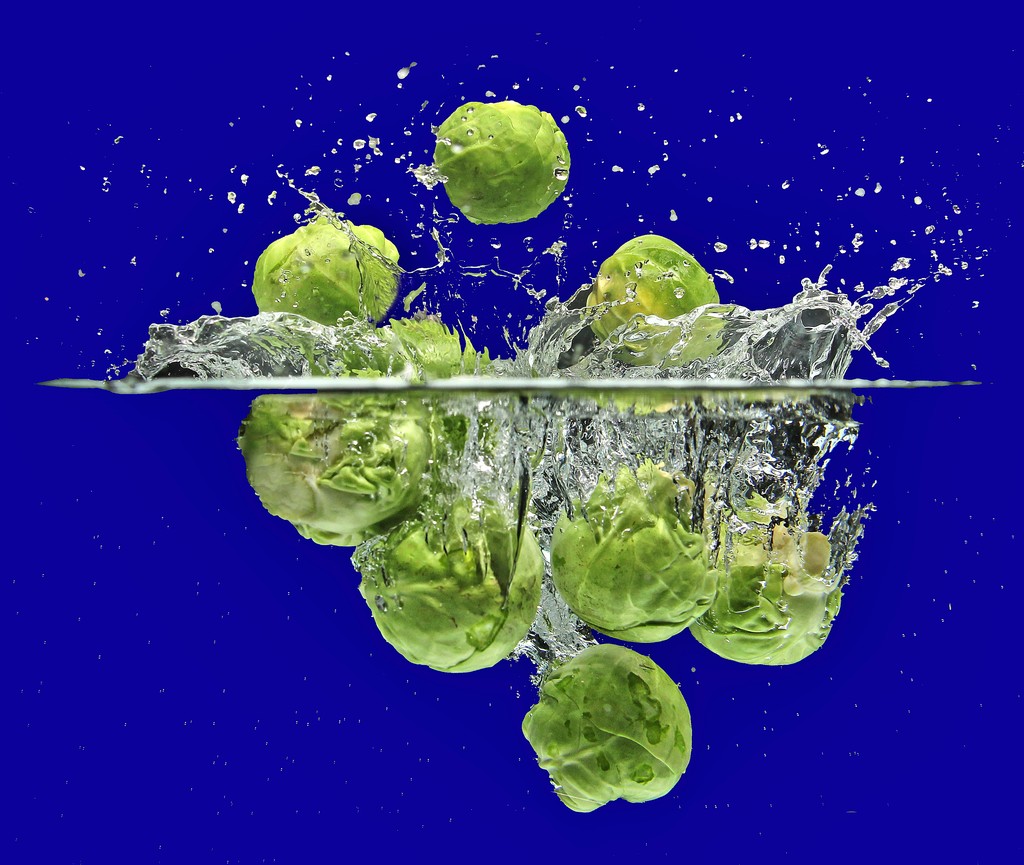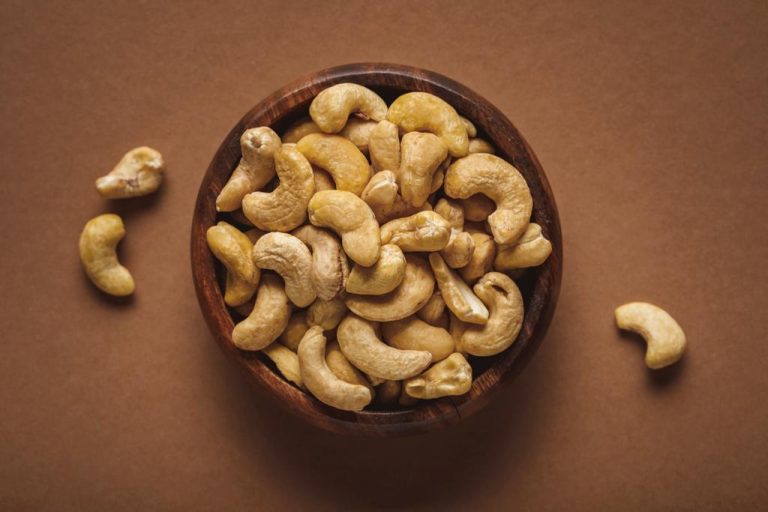To prevent magnesium deficiency, you do not have to resort to artificial preparations. You can easily integrate the following magnesium-rich foods into your diet.
Avoid magnesium deficiency – it starts with breakfast
Magnesium-rich foods are very important for the body. Especially older, pregnant, breastfeeding or very sporty people can quickly develop a magnesium deficiency
Already at breakfast you can make sure you eat a magnesium-rich food. Oatmeal is high in magnesium, as are fruit, especially berries like blackberries, raspberries, and strawberries. There is also plenty of magnesium in milk and soy products. If you also sprinkle seeds, almonds and nuts on your muesli, your magnesium-rich breakfast is perfect.
The nuts, kernels, and seeds with the highest magnesium content include:
sunflower seeds and pumpkin seeds. They are the foods with the most magnesium.
linseed, poppy, corn,
Walnut, hazelnut, peanut, cashew
Magnesium-rich foods for daily needs
Fruit and vegetables should be on your daily menu. The German Society for Nutrition recommends three servings of vegetables and two servings of fruit daily. It is best to buy products from organic agriculture and seasonal and regional. Green vegetables and legumes are particularly rich in magnesium and iron. These include above all:
Brussels sprouts, kale, kohlrabi
broccoli, spinach
beans, lentils
Peas, Chickpeas
When you cook vegetables, magnesium and many healthy vitamins accumulate in abundance in the cooking water. It is therefore worth not throwing away the water. You can drink it or save it as a broth for soups.
Wholemeal products such as bread and pasta as well as brown rice are also important suppliers of magnesium. They also contain a lot of fiber and minerals, which also have a positive effect on health.
If you love dark chocolate, you can rejoice. Cocoa powder is particularly rich in magnesium. You can sprinkle cocoa in pure form over muesli and desserts or eat dark chocolate. It is important, however, that the cocoa content in the chocolate must be at least 70%.
How can you support magnesium absorption?
Only about a third of the magnesium that we consume in food actually ends up in our organism. The rest is discarded. So we have to consume three times as much as our body actually needs. Additionally, we can avoid foods that decrease magnesium absorption. These include above all:
alcohol
refined sugar
white flour products
Calcium also inhibits the absorption capacity of the intestine and thus increases the excretion of magnesium. Vitamin D, on the other hand, helps the body absorb magnesium.

